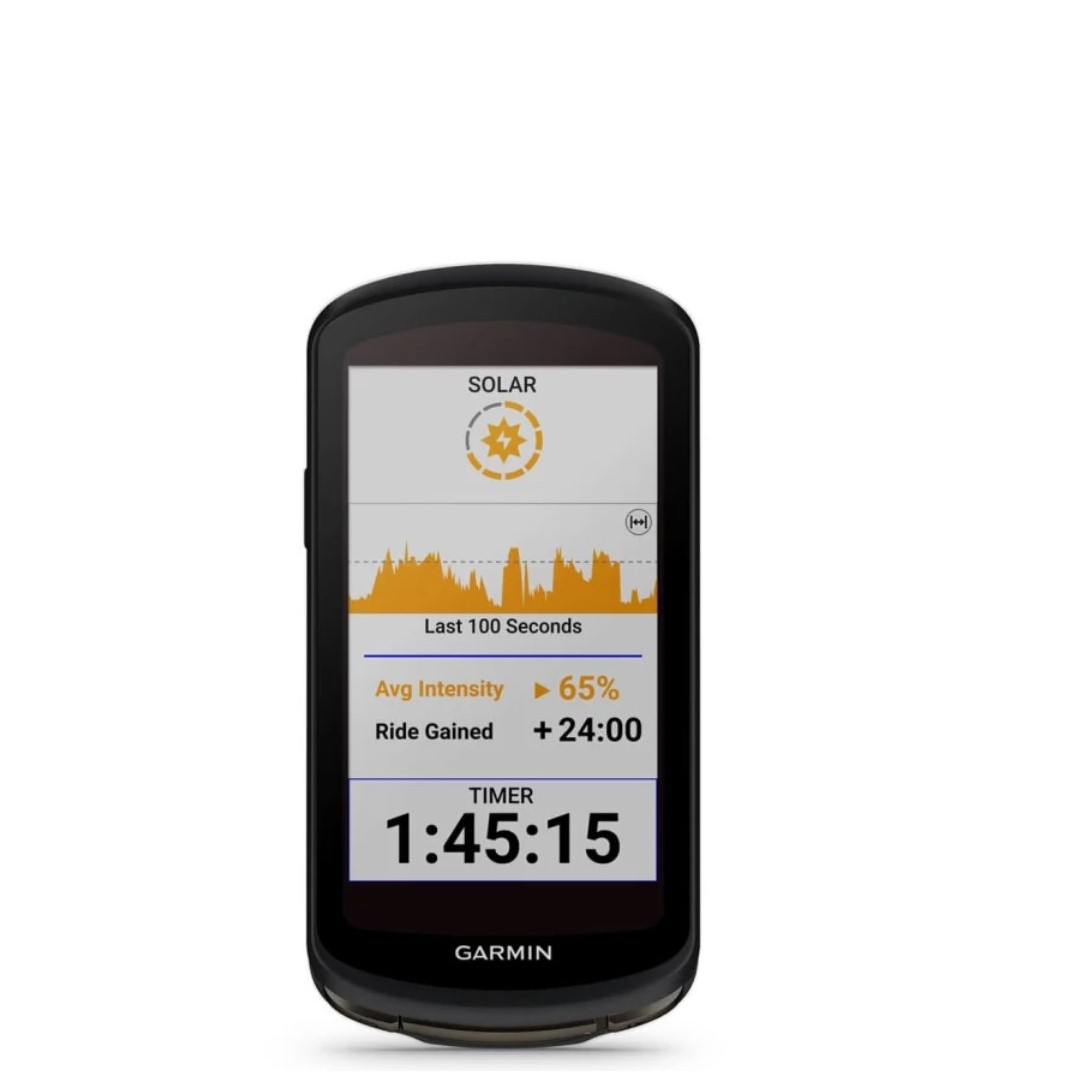In a recent preprint study posted to the medRxiv* preprint server, a group of researchers explored the experiences of Michigan-based Federally Qualified Health Centers (FQHCs) in implementing the Health Resources and Services Administration (HRSA)’s 2021 Hypertension (HTN) Initiative for improved hypertension control.
The initiative used bluetooth-enabled self-measured blood pressure monitoring (BT SMBP).
Study: Determinants of Bluetooth-enabled Self Measured Blood Pressure monitoring in Federally Qualified Health Centers. Image Credit: ymgerman/Shutterstock.com

 *Important notice: medRxiv publishes preliminary scientific reports that are not peer-reviewed and, therefore, should not be regarded as conclusive, guide clinical practice/health-related behavior, or treated as established information.
*Important notice: medRxiv publishes preliminary scientific reports that are not peer-reviewed and, therefore, should not be regarded as conclusive, guide clinical practice/health-related behavior, or treated as established information.
Background
HTN is a primary risk factor for cardiovascular disorders, strokes, and conditions related to Alzheimer’s disease. In the United States (US), almost half of the population has HTN, yet only half have it under control.
Similarly, Black Americans face a higher prevalence of HTN and less control than White Americans, while low-income groups also experience greater prevalence and restricted treatment.
Partnerships with FQHCs are necessary to address these disparities, serving many low-income and minority Americans. Additionally, mobile health (mHealth) tools can aid in HTN control. The National HTN Control Initiative focuses on using BT SMBP, enabling patients to measure and share data with healthcare providers.
About the study
In the present study, semi-structured interviews were deployed to identify obstacles and enablers to applying BT SMBP for HTN patients at FQHCs. The tailored implementation for chronic diseases (TICD) framework was employed to shape the interview guide, which aimed to pinpoint factors aiding or hindering BT SMBP initiation and its clinical integration.
TICD, a comprehensive construct, examines determinants in seven domains: guideline aspects, healthcare professional elements, patient-related factors, and more.
The discussion began by outlining the hypertension initiative in each FQHC network, incorporating open-ended questions probing every TICD domain, excluding the social, political, and legal segments. The culmination involved soliciting general suggestions for FQHCs contemplating BT SMBP adoption.
Between September and November 2022, staff from three Michigan-based FQHCs participated, with a subsequent interview in February 2023 for one center still in the pre-enrollment phase.
The selection criteria were their location in Michigan, receipt of initiative-specific funding, and diverse implementation approaches. Various FQHCs spanning diverse demographic locales were included to ensure a representative sample.
The interview process ranged from 15 to 60 minutes, which was recorded and transcribed. The TICD framework was preferred for data analysis and by using Atlas.TI software, transcripts were systematically coded.
A consensus approach was used to address discrepancies, and multiple researchers extracted, refined, and endorsed the themes, ensuring the study outcomes’ robustness and integrity.
Study results
In this study of three Michigan-based FQHCs, ten staff members participated in interviews to study the implementation of the BT-SMBP program, a blood pressure monitoring system.
This program was implemented in February 2021 and employed a data-driven, community health worker (CHW) backed remote monitoring approach. They identified patients with uncontrolled blood pressure from the previous year and contacted them for enrollment.
Within 20 months, over 580 patients joined. FQHC 2 commenced in September 2022 and used a short-term blood pressure device loan setup. FQHC 3 collaborated with an external company for a social needs-driven BT-SMBP approach. In two months, roughly 250 patients were onboarded.
Several barriers and facilitators for the BT-SMBP program implementation were identified across five domains: health professional factors, organizational capacity for change, patient factors, guideline aspects, and resources and incentives.
Positive staff attitudes were significant facilitators, especially in FQHCs one and three. These attitudes were tied to expected patient outcomes and perceived benefits of the system. Knowledge acquisition and established workflows from prior initiatives supported the program’s implementation.
Leadership support and patient motivation played crucial roles in the program’s success. However, challenges like digital literacy among patients and their various social needs posed hurdles.
Technology-related challenges hinder the feasibility of programs that involve patient monitoring. For instance, at FQHC 2, a weak wireless fidelity (WIFI) connection in one clinic obstructed setting up patients’ devices, emphasizing the importance of reliable technology for real-time patient training.
Furthermore, staff at FQHC 1 faced difficulties in pairing blood pressure devices with certain cellphone models. Larger cuff attachments also produced errors, causing inconvenience for patients and staff.
Misunderstandings arise when patients change phones, assuming their devices would still connect without redownloading necessary apps, and tech-related issues add more responsibilities for clinic staff.
Instead of specialized software, FQHC 1 and 2 improvised with their existing computer systems. This sometimes resulted in periods without monitoring, and manually transferring blood pressure data to Electronic Health Records (EHR) was another labor-intensive task.
However, FQHC 3 improved efficiency by partnering with a remote monitoring service that automatically sends patient data to the EHR.
Staffing issues and resource constraints affected program implementation, and high turnover rates at FQHC 1 disrupted program continuity, while at FQHC 3, workforce shortages due to broader industry trends heavily impacted operations. Adding to the complexity, limited grant funding, and billing challenges made scaling up and sustaining these programs a daunting task.

 *Important notice: medRxiv publishes preliminary scientific reports that are not peer-reviewed and, therefore, should not be regarded as conclusive, guide clinical practice/health-related behavior, or treated as established information.
*Important notice: medRxiv publishes preliminary scientific reports that are not peer-reviewed and, therefore, should not be regarded as conclusive, guide clinical practice/health-related behavior, or treated as established information.





